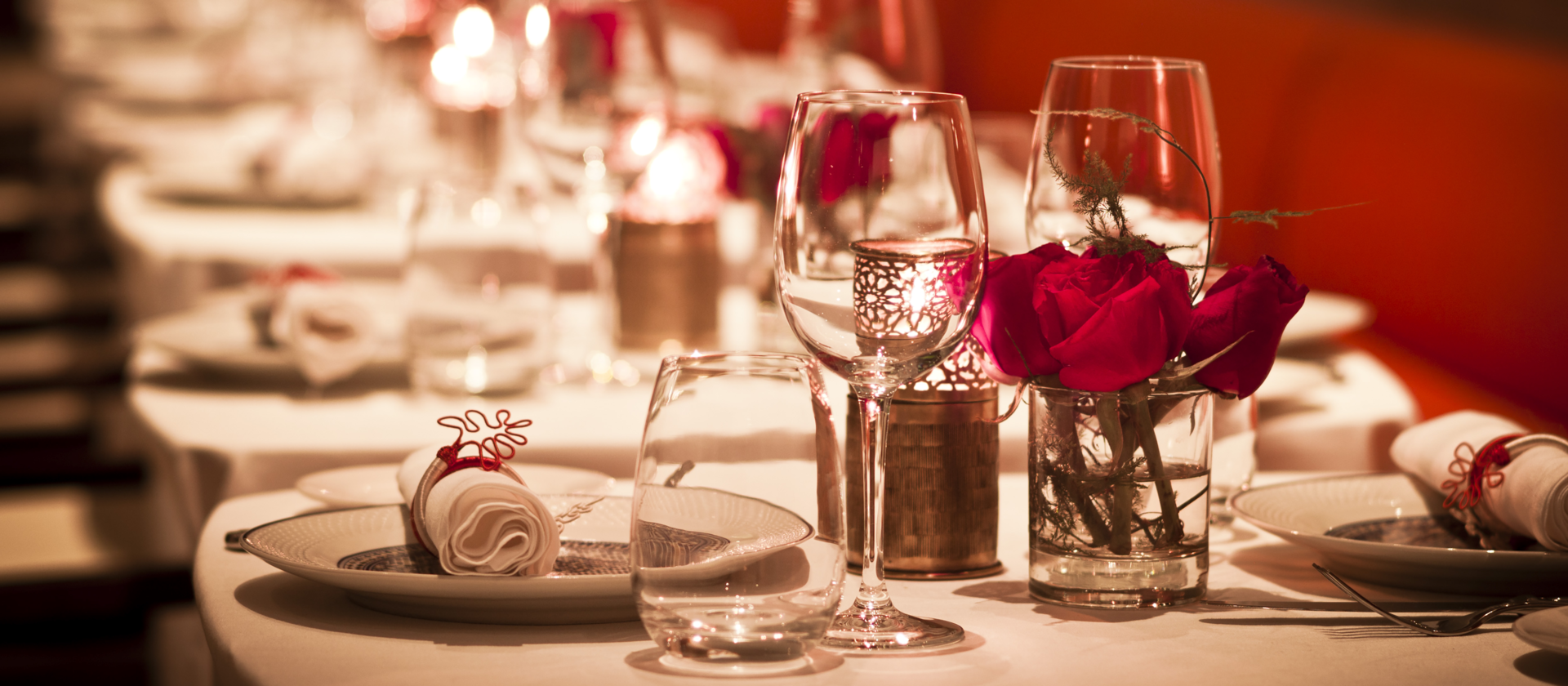
First impressions are important, and when it comes to hospitality, lighting plays a bigger role than you might expect. With some still in the dark about how to create the right mood, we asked an expert.
The food can be delicious, the drinks perfectly chilled, but if the light isn’t right, the customer won’t bite. And there are studies to prove it. A recent survey* found that “72% of respondents had left a venue earlier than planned because it was too brightly or poorly lit,” whilst “74 % of respondents had stayed longer than planned because the lighting made them feel relaxed and welcome.”
As time is money, bar lighting and restaurant lighting is clearly something to take seriously. We spoke to Julia Morosow, International Key Account Manager for Hospitality in Europe at LEDVANCE to find out how light can serve to create a perfect customer experience. These are her ten golden rules:
“Lighting is often an afterthought,” says Ms. Morosow, “an added extra thrown in shortly before opening a venue.” However, as a number of factors such as the location of electricity sockets and venue layout are essential to lighting design, it makes sense to consider everything together. Take tables for example. An effective way to highlight individual tables, especially in restaurants, is to install pendant lights (lone hanging fittings) above them. “Without careful planning, it might only be possible to have lights above certain tables!”

Different lights can perform different tasks. The first step is ambient lighting. This is the main source of light in a bar or restaurant, providing the general level of lighting. Used as diffuse surface-directed lighting, it can also make ceilings seem higher or walls wider. Next comes task lighting. These are fittings applied in areas where work needs to be carried out, such as the cash register or the kitchen. Then comes accent lighting. This is typically spot lighting that draws attention to the architecture or a particular feature. It includes up-lighting on walls or columns, as well as back bar lighting. Finally, comes the fun bit! Both decorative lighting and effect lighting is what personalizes a bar or restaurant. Functionality is less significant here; it’s about creating an individual style.
When someone enters a venue, they should know within the first few seconds where to go and where to find what. “Orientation is essential.” Light can be used to guide guests around a venue by drawing their attention to different focal points or areas. Focal points are created through contrasts in brightness, often between accent lighting and ambient lighting. Recommendations vary, but a 5:1 contrast ratio of accent to ambient is a good starting point to make items stand out.
Each bar and restaurant has its own individual style. “When designing your venue, you should consider three things: concept, target audience and the space you are using,” explains Morosow. For example, a small bar might only require individual tables to be accentuated, whilst a larger space may need to use lighting to differentiate and separate different areas.
Lighting is key to atmosphere. “Generally speaking, warm, cozy light makes people feel most comfortable, especially in cooler climates.” By warm light we are generally referring to lamps with less than 3000 Kelvin. Installing a dimmer switch adds an element of flexibility, enabling the brightness of a venue to be adjusted to create different moods. Automated control systems can further aid the process, enabling different settings to be programmed according to the time of the day or year.

Bar lighting tends to be different to restaurant lighting. As bars normally also aim to provide a form of entertainment, it is more common to experiment with color. Restaurants on the other hand often require more reserved lighting, creating a relaxed environment. Of course this varies according to concept. Color is also used to promote branding and a good way to introduce brand colors. “Be careful not to overdo it though!”
Not to be confused with colored lighting, color rendering is the ability of a light source to reveal the true colors of various objects. Expressed as an index, the lower the score, the poorer the color rendering properties of a lamp. The highest score is 100. In restaurants and kitchens, a minimum of score of 80 is required; but 90 is better. Getting the color rendering index (CRI) wrong could mean that the visual impression of food (and drinks) doesn’t reach its full potential, having a strong impact on customer experience.
“However unusual or experimental the design of a bar, a minimum level of comfort should always be ensured,” explains Morosow. Guests must always be able to read the menu and see their food. Direct glare should also be avoided by placing lamps outside the natural field of vision. Watch out for light that could be reflected into people’s view from shiny surfaces or mirrors. Diffusers, such as frosted glass or fabrics, can be useful here.
Current trends are seeing a return to basics. “Light sources are now open, with lampshades removed and chords hanging from the ceiling.” Retro-feel light bulbs with an exposed filament are very popular, as it is the bulbs themselves that are the design feature. When it comes to non-decorative lighting, bars and restaurants are increasingly turning to LEDs in order to save money and reduce maintenance. “Both these trends are likely to be here to stay,” says Morosow.
Her response: “Good design is functional!”
* Figures taken from a MEGAMAN survey carried out amongst 236 hospitality professionals by Big Hospitality during October 2015.